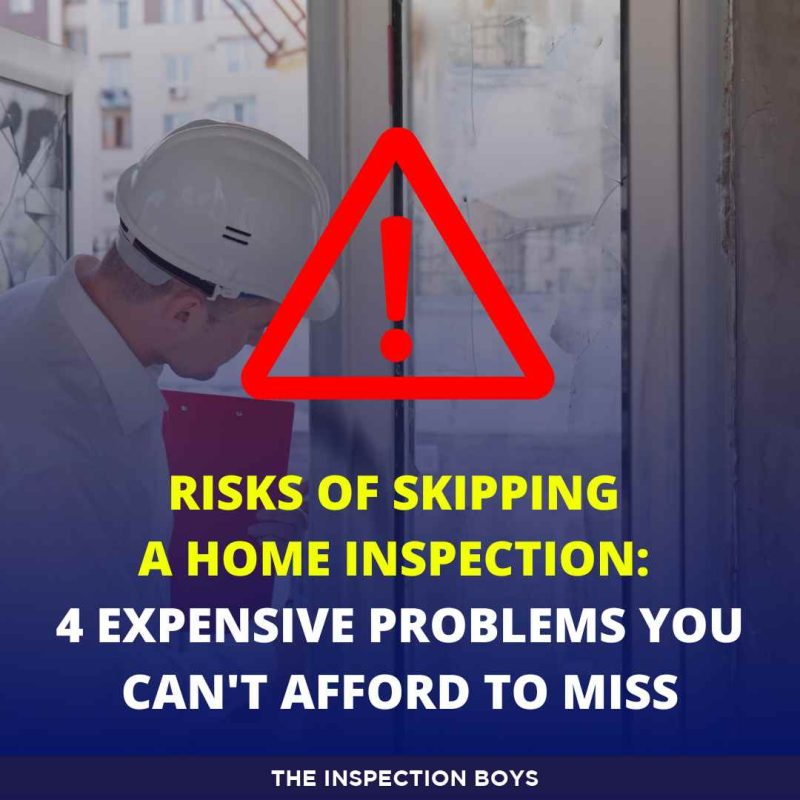There’s a growing trend among home buyers: skipping home inspections to secure their dream homes quickly. However, this decision comes with significant risks that could lead to expensive consequences. In this article, we’ll delve into the four costly problems that buyers often overlook when they waive their home inspections.
Structural Issues:
One of the most critical aspects missed without a home inspection is identifying structural defects. These issues, such as faulty foundations or structural weaknesses, can go unnoticed by the average person during a walkthrough. However, failing to address these problems can result in repair costs ranging from tens to hundreds of thousands of dollars. Foundation repairs, especially those requiring hydraulic jacking, can easily exceed $10,000.
Outdated Septic Systems:
Older homes may have septic systems that no longer comply with current building codes. Unfortunately, this detail often surfaces in home inspection reports. By waiving the inspection, buyers may find themselves responsible for the substantial expense of installing a new septic system that meets regulatory requirements. The costs of septic replacement can be surprisingly high, particularly if an engineered system is necessary.
Roof Problems:
The condition of the roof is another crucial aspect that may remain unknown without a home inspection. These inspections help homebuyers identify potential roof issues before finalizing a purchase. By skipping the inspection, buyers risk facing additional repair expenses for roofs that are already near the end of their serviceable life. Depending on the severity of the defect, repairing or replacing a roof can cost up to $10,000.
Mold Issues:
Mold is a problem that often goes undetected when buyers don’t conduct a comprehensive home inspection. Mold can appear in areas where potential buyers may not thoroughly examine, such as crawl spaces and attics. Without a professional inspector to assess the property inside and out, buyers may discover mold issues down the road, leading to costly remediation efforts.
Conclusion:
While it may be tempting to waive a home inspection to streamline the buying process, it’s crucial to understand the potential risks involved. Structural issues, outdated septic systems, roof problems, and mold infestations are just a few of the expensive problems that can be easily missed without a thorough inspection. By investing in a professional home inspection, buyers can make informed decisions and avoid significant financial burdens in the future.

